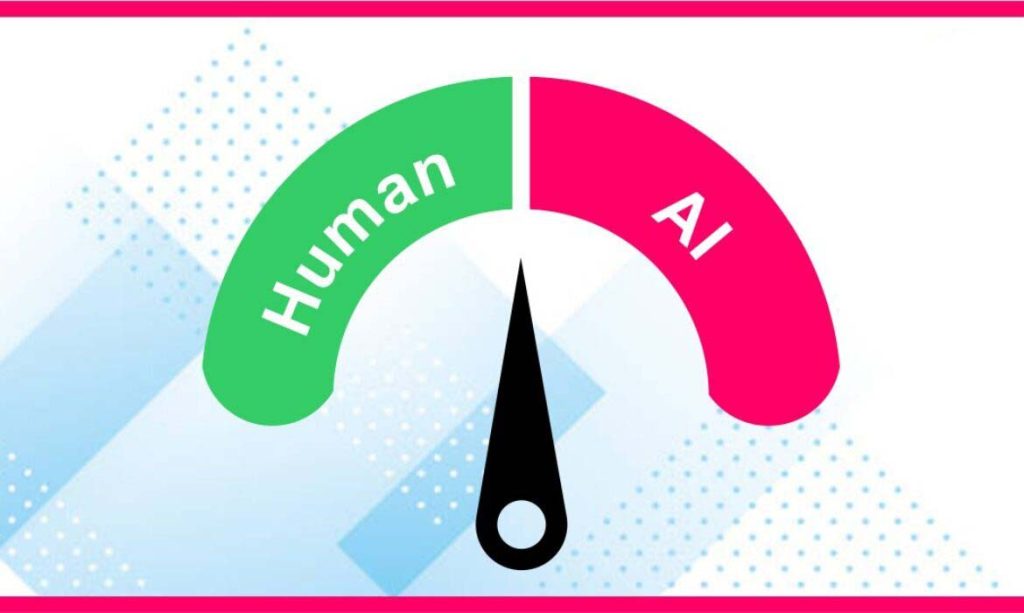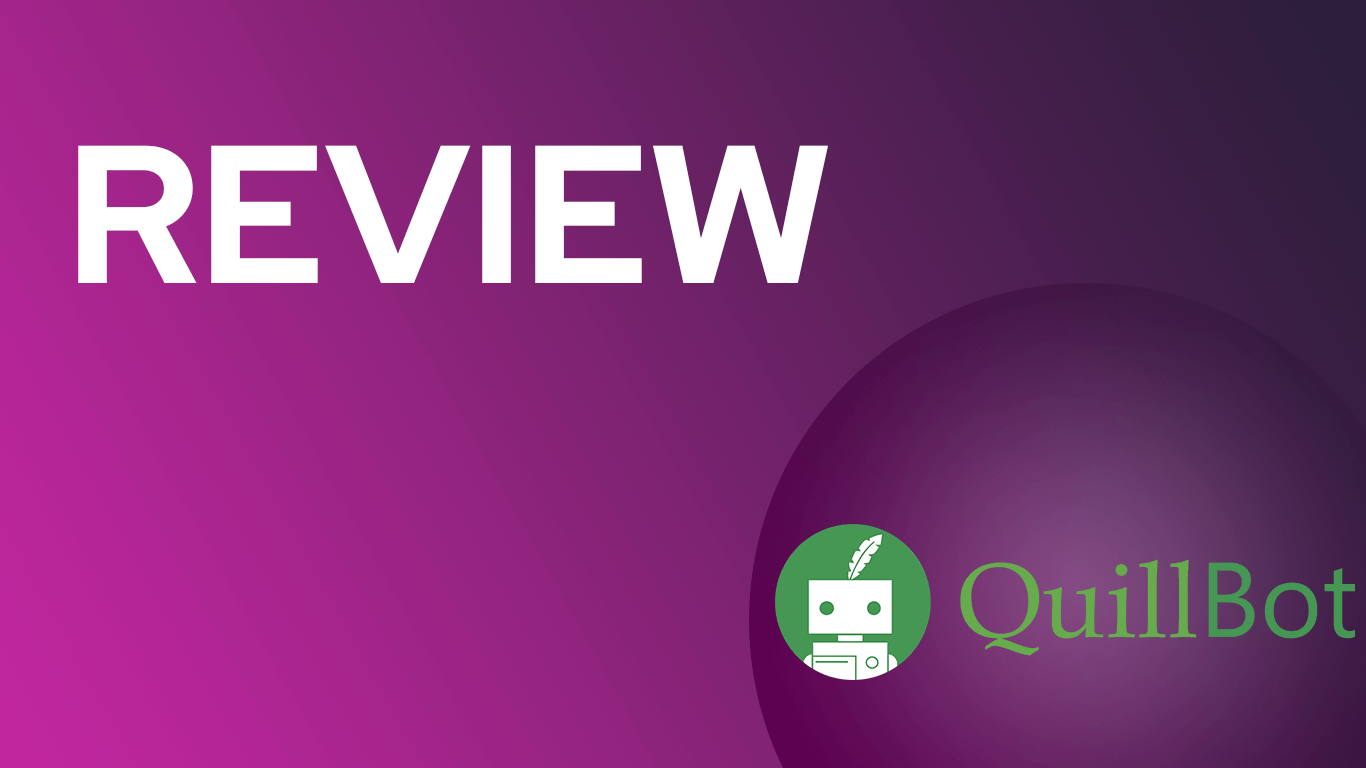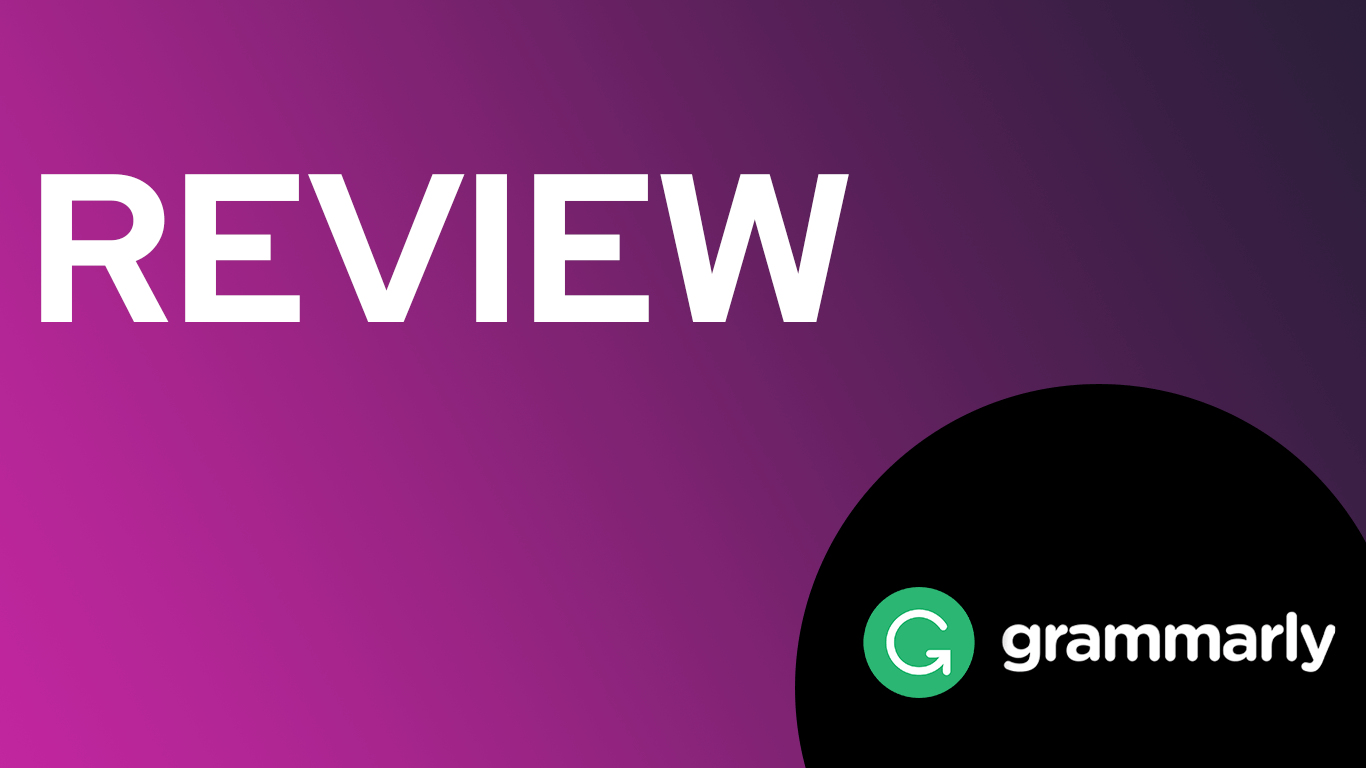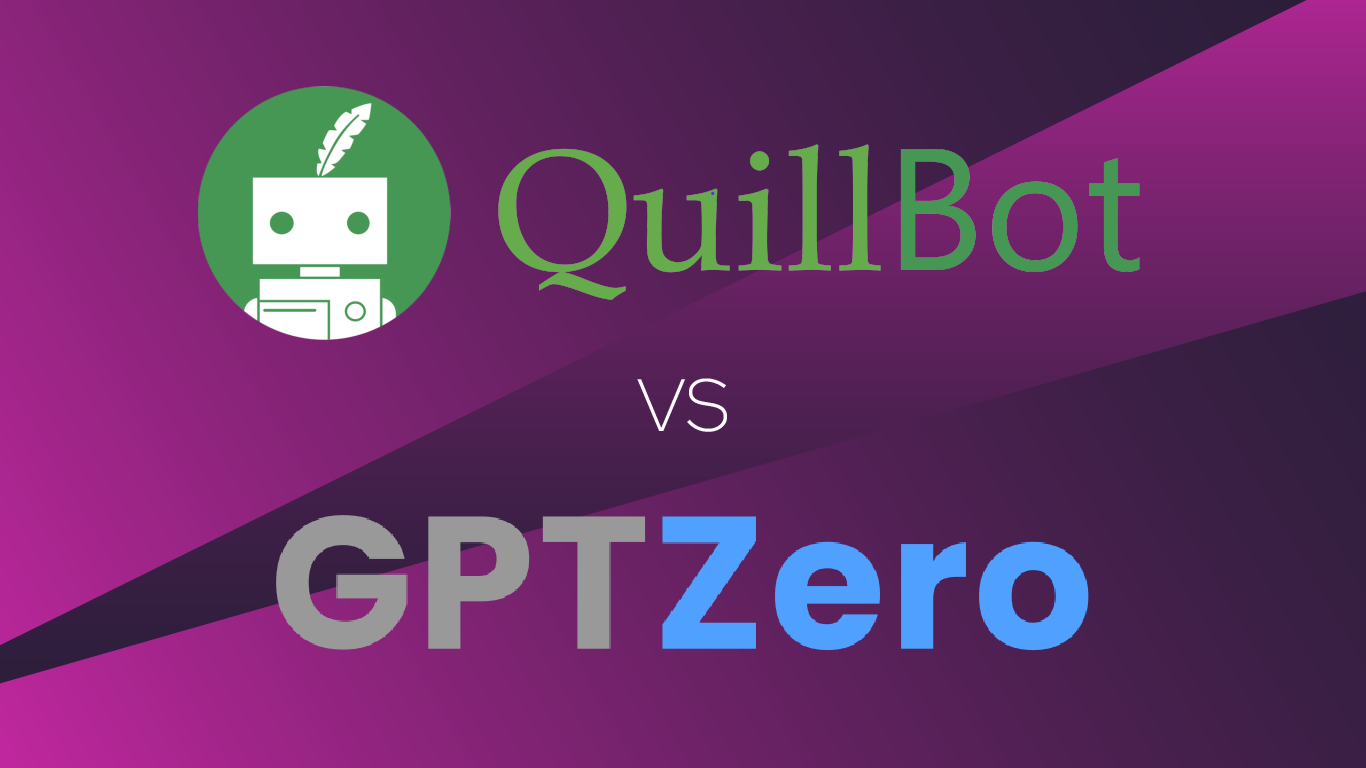In an era where artificial intelligence (AI) has made it remarkably easy to generate human-like content, verifying the originality of written work has become crucial. QuillBot, initially known for its paraphrasing and grammar-checking tools, has stepped up with an AI detector to help users determine whether content was created by humans or generated by AI. This review delves into the key aspects of QuillBot’s AI detector, evaluating its accuracy, ease of use, limitations, and performance against competing tools like Netus AI and Copyleaks.
With growing reliance on AI in content creation, AI detection tools are essential for educators, content creators, and editors who need reliable indicators of originality in their work.
QuillBot’s AI Detector
QuillBot’s AI detector operates by scanning text for patterns that are typical of AI-generated content. Its algorithms are built to identify specific markers, such as sentence structure, vocabulary choices, tone, and logical flow, using a vast dataset of AI-generated and human-written text as reference points. Unlike basic plagiarism checkers, which only identify duplicated content, AI detectors like QuillBot’s go a step further by identifying text that may be technically unique but retains underlying characteristics of machine-generated output. QuillBot’s detector is designed for educators, content creators, students, and professionals, offering a streamlined way to assess text originality.
The Main Features of QuillBot AI Detector
QuillBot’s AI detector has several notable features that make it accessible for users of all backgrounds:
- Accuracy and Regular Updates: QuillBot’s team consistently refines its detection algorithms to improve accuracy, staying responsive to rapid advancements in AI text generation. This commitment to ongoing improvement aims to reduce the tool’s rate of false positives and increase detection precision.
- User-Friendly Interface: The AI detector is straightforward and easy to use, allowing users to paste text directly into the detection box and receive results within seconds. The tool produces a percentage score indicating the likelihood of AI involvement, which helps users gauge the content’s originality at a glance.
- Highlighted Content Analysis: One of QuillBot’s useful features is its ability to highlight specific sections that are deemed AI-generated. By isolating and marking these areas, users can assess exactly which sentences or phrases are most likely generated by AI, allowing for targeted editing.
These features make QuillBot’s AI detector a practical and straightforward option for users seeking initial verification, especially in educational or editorial contexts. Its user-friendly design also means that it is accessible to individuals who may not have technical expertise but still need reliable, fast detection.
Performance and Testing: How Accurate is QuillBot’s AI Detector?
To evaluate QuillBot’s effectiveness, we conducted a series of tests using different types of text: purely human-written content, straightforward AI-generated text, and more complex AI content crafted to evade detection.

QuillBot AI Detector: Test Cases and Results
- Simple AI-Generated Content: For general AI-generated content, such as short blog posts and academic summaries created with tools like ChatGPT, QuillBot’s detector performed accurately. Most straightforward AI content was flagged correctly, with the AI detector giving high scores for AI involvement, typically around 80% to 90%. This makes the tool particularly useful for educators looking to screen student work for potential AI use.
- Human-Written Content with Complex Sentence Structures: Human-written content, especially creative pieces or essays with varied sentence structures and advanced vocabulary, presented a challenge. In some instances, QuillBot’s detector assigned high AI likelihood scores to genuinely human-written pieces, misclassifying them as AI-generated. This tendency to over-flag complex or unique writing as AI-produced could be problematic for students, researchers, and creative writers whose work may naturally deviate from standard patterns.
- Sophisticated AI Text Crafted to Avoid Detection: For AI-generated text specifically designed to mimic human writing, QuillBot struggled more noticeably. When sentences were varied in style and tone, or included intentional quirks such as humor or irony, the detector’s accuracy fell, sometimes failing to identify AI involvement. As AI models evolve to produce even more sophisticated outputs, QuillBot’s detector may find it increasingly difficult to distinguish these nuances, underscoring the need for ongoing improvement.
Comparing QuillBot to Netus AI and Other Competitors
In the competitive field of AI detection, tools like Netus AI, Copyleaks, and Originality.ai each bring unique capabilities to the table, serving as valuable points of comparison for QuillBot.
- Netus AI: Known for its high detection accuracy, Netus AI offers a balanced detection approach that tends to yield fewer false positives, especially for academic and creative writing. In user trials, Netus AI more consistently recognized human-written work as such, whereas QuillBot occasionally flagged complex human writing as AI-generated. Netus AI’s tone analysis feature also allows users to adjust flagged sections, adding flexibility for content creators aiming for specific voice or style control. This makes Netus AI an appealing option for users who value reliability and precision in their detection tool.
- Copyleaks: An established name in AI detection, Copyleaks is recognized for its rigorous approach to AI detection, particularly within educational and institutional settings. Like Netus AI, Copyleaks reliably identifies AI-generated content, although it lacks the intuitive highlighting feature that QuillBot offers, which helps users quickly identify suspicious sections.
- Originality.ai: Primarily geared towards detecting plagiarism and AI involvement, Originality.ai has a solid reputation for accuracy. It is often used by content creators to ensure their work is undetectable by AI detectors. While comparable to QuillBot in terms of ease of use, Originality.ai’s advanced accuracy makes it a preferred choice in environments where authenticity is critical.
Each of these tools can complement QuillBot, as they reduce the likelihood of false positives and false negatives, providing an extra layer of verification for high-stakes evaluations.

Where Can You Use QuillBot?
QuillBot’s AI detector is finding widespread use across various fields:
- Educational Settings: Educators are increasingly utilizing QuillBot’s detector as a means to assess student submissions. Given the rise of AI tools that students might use to complete assignments, QuillBot’s detector can help teachers identify potential AI-generated content, although educators may still want to cross-reference with other detection tools to ensure reliability.
- Content Creation and Freelance Writing: Freelancers and content creators concerned with originality use QuillBot to confirm their work’s human-authored authenticity. Given that many online publishing platforms now screen for AI-generated content, QuillBot provides a quick way to verify and correct work before submission.
- Corporate and Business Compliance: For corporations producing internal and client-facing content, ensuring compliance with originality standards is vital. QuillBot’s detector provides an efficient method to confirm human authorship, although companies should consider combining it with tools like Copyleaks for more rigorous verification.
While useful, QuillBot is most effective when paired with other detection tools, especially in situations requiring strict verification standards, as it reduces the likelihood of both false positives and false negatives.
What Are The Limits of QuillBot’s AI Detector
Despite its advantages, QuillBot’s AI detector faces several challenges that may impact user experience and reliability:
- False Positives on Complex Human Text: A recurring issue among users is that QuillBot sometimes flags complex or unique human-written content as AI-generated. This tendency to over-penalize creativity or advanced writing styles could be particularly problematic for students and professionals, causing unnecessary stress in academic or workplace settings.
- Inconsistent Detection Scores: Users have reported inconsistent results when re-testing the same text, with significant variations in the percentage of AI likelihood across different trials. Such inconsistency creates uncertainty about the reliability of QuillBot’s detector, potentially undermining trust in its use for high-stakes applications.
- Technical Issues: QuillBot’s app and extension experience occasional bugs, especially on mobile platforms, which can result in crashes and reduced functionality. On desktop platforms, users also note occasional lags or errors with the Chrome extension, which impacts the detector’s usability.
- Customer Service and Refund Difficulties: QuillBot’s customer service has received mixed reviews, particularly concerning refund processes. Users report delayed responses and difficulties in obtaining refunds, particularly after subscribing to premium features and then choosing to cancel. These frustrations may deter potential users who seek reliable support for troubleshooting.
The Future of AI Detection and QuillBot’s Role
As AI writing tools continue to evolve, AI detectors will need to become increasingly sophisticated to keep pace. QuillBot has committed to regular updates, aiming to refine its algorithms and enhance the accuracy of its detection results. However, as more nuanced AI-generated content emerges, QuillBot’s AI detector may need to adopt more advanced linguistic analysis techniques to reduce false positives and improve consistency.
The arms race between AI writers and detectors shows no signs of slowing, with advanced detection techniques like contextual analysis and behavioral analysis on the horizon. These developments may allow future detectors to examine not just the text but also how it was written (e.g., typing speed, editing patterns) to distinguish between human and AI authorship more effectively.
As AI detection technology progresses, QuillBot’s focus on accessibility and ease of use may ensure its popularity among casual users. However, those with stringent detection needs—such as in academic, corporate, or journalistic contexts—may lean towards combining QuillBot with alternative detectors like Netus AI to ensure maximum accuracy.
Related Posts
Through digital leadership we empower people to leverage the opportunities in global economy




